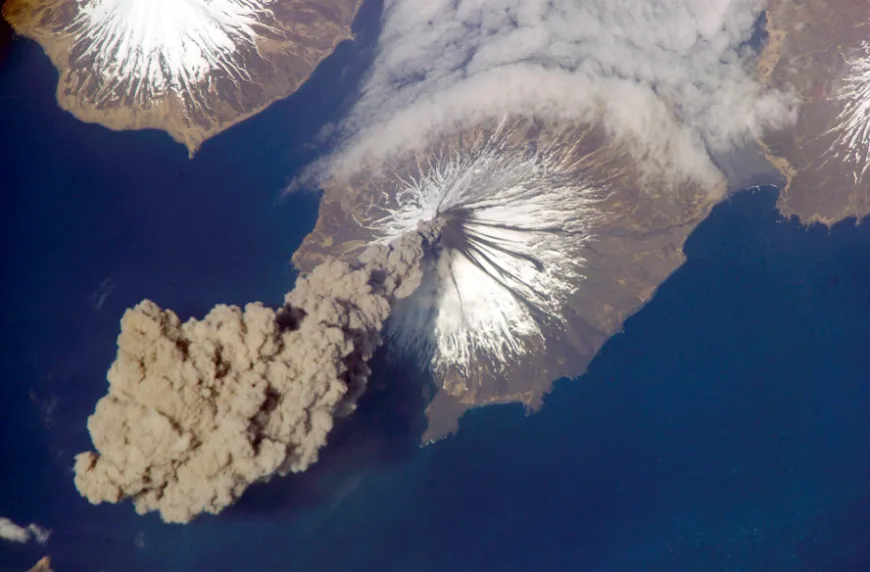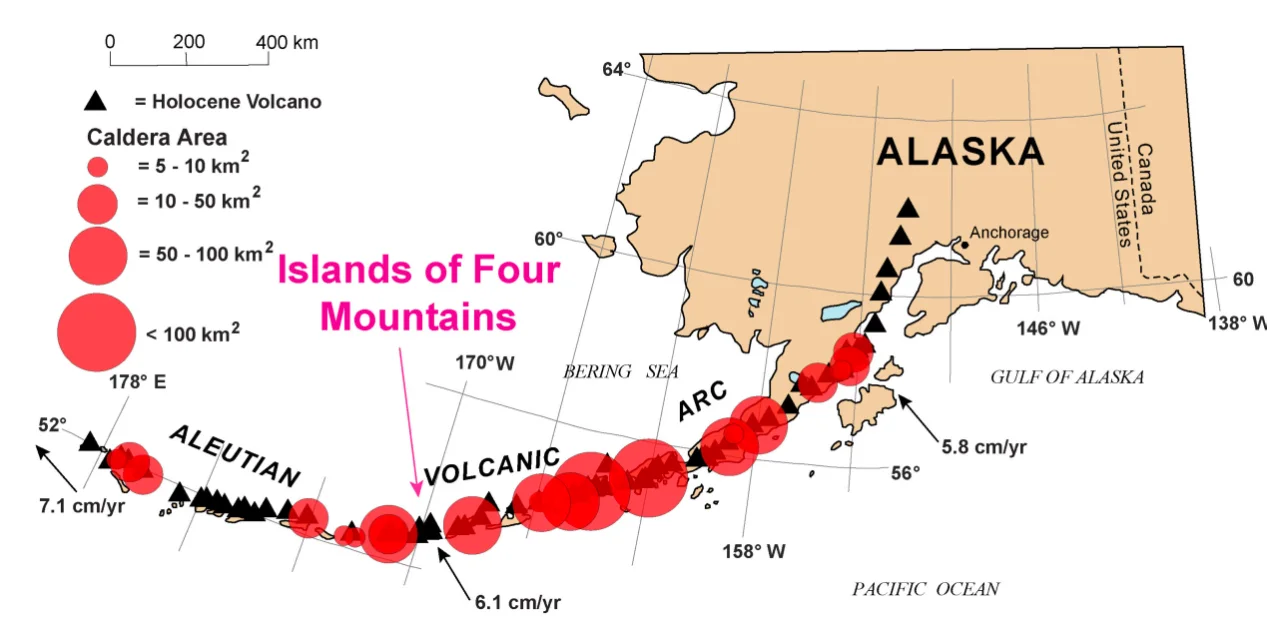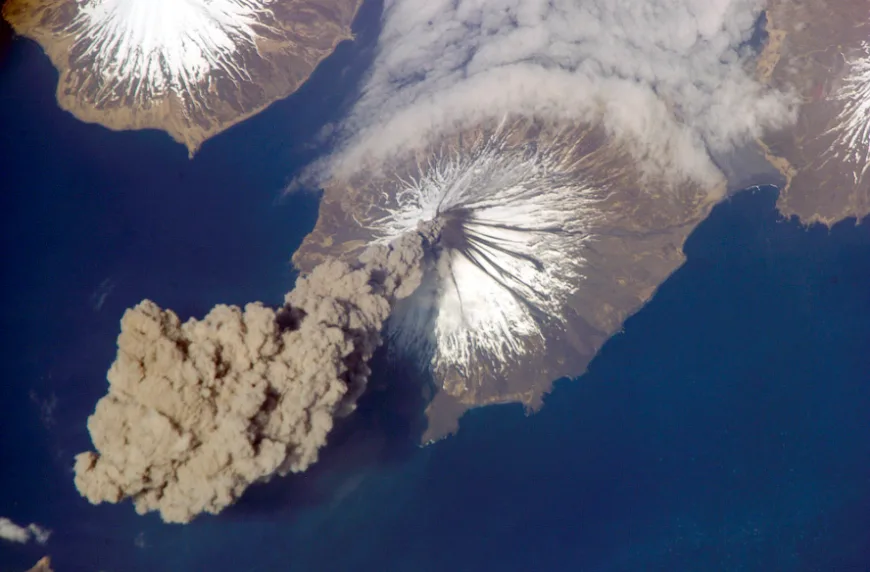
These Alaskan islands could be a supervolcano similar to Yellowstone
Mount Cleveland, the most active volcano in North America over the past 20 years, is one of the islands that could be part of the interconnected caldera.
The Aleutian Islands are a chain of volcanic islands that stretch nearly 2,000 kilometres westward towards Russia and divide the Bering Sea and the Pacific Ocean. These remote Alaskan islands may seem unsuspecting, but scientists say that a cluster of these islands could be part of an undiscovered giant volcano, which would put it in the same category as the Yellowstone Caldera.
News of the potential volcanic caldera came on December 3, 2020 ahead of the American Geophysical Union's (AGU) Fall Meeting 2020. The scientists say that The Islands of the Four Mountains, which are six stratovolcanoes in the central Aleutians, are being closely studied because current research indicates that they could be one interconnected caldera.
Stratovolcanoes are steep-sided, large symmetrical cones and are what most people picture when thinking of a typical volcano. Calderas are formed when a volcano that is connected to a massive reservoir of magma erupts. Violent eruptions can occur when building pressure in the magma reservoir exceeds the strength of the Earth’s crust and can lead to catastrophic global impacts due to the effects the volcanic ash and gas have on the atmosphere.

Location map of the Islands of Four Mountains in the Aleutian arc. This also shows the position and approximate areas of known calderas along the arc. Credit: John Power/USGS
The AGU scientists say research suggests that the mountains Cleveland, Carlisle, Herbert, Kagamil, Tana, and Uliaga could theoretically experience a supereruption. A significant amount of attention has been focused on Mount Cleveland, which has been the most active volcano in North America over the past 20 years and has produced ash clouds up to 30,000 feet above sea level.
Some of the research that supports the existence of one interconnected caldera includes the composition of gases released from Mount Cleveland, volcanic rock samples, seismic data, and maps of the seafloor. “We’ve been scraping under the couch cushions for data,” said Diana Roman of the Carnegie Institution for Science in Washington, D.C., co-author of the study. “But everything we look at lines up with a caldera in this region.”

Ash plume arising from Mount Cleveland on May 23, 2006, as seen from the International Space Station. Astronauts were the first to observe the eruption and alerted the Alaska Volcano Observatory. Credit: NASA
Some of the most powerful volcanic eruptions on Earth have shaped the histories of several societies. For example, research suggests that the eruption of Alaska’s Okmok volcano in the year BCE 43 may have contributed to the fall of the Roman Republic and the Ptolemaic Kingdom. Historians say these transitions of power were catalyzed by the assassination of Julius Caesar in BCE 44, which came at a time of unusually cold weather that caused food shortages and disease.
A study published in PNAS says that ancient written records indicate unusual changes in the climate, crop failures, and famine that occurred after Okmok’s eruption. Such significant amounts of volcanic ash and aerosol droplets from Okmok would have affected the global climate by reflecting sunlight away from the Earth’s surface, resulting in a cooling effect and poor conditions for agriculture.
The AGU researchers say that the potential caldera under the Islands of the Four Mountains would exceed the size of Okmok. However, they emphasize that “the existence of the caldera is not by any means proven” and plan on returning to the islands to collect more data and further test their hypothesis.






